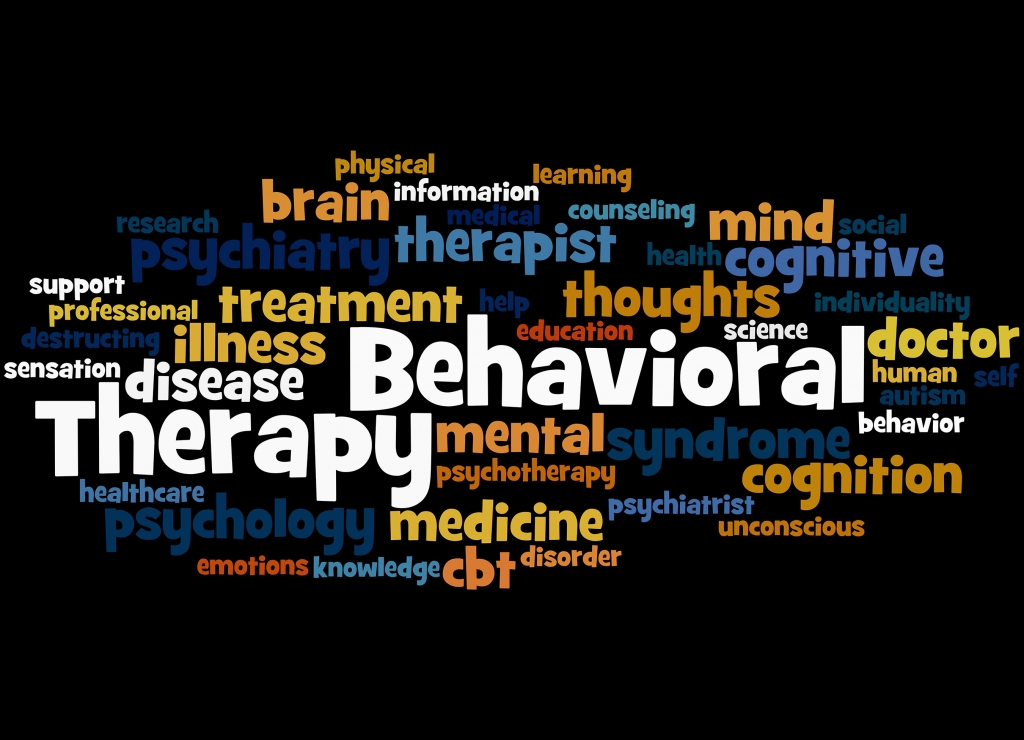How to Know What Kind of Therapy Your Child Needs
As a child psychologist in San Diego, parents frequently ask me questions about therapy for their children. One of the most common questions is, “what kind of therapy does my child need?”
This is a very good question. Of course, the answer depends on a child’s unique needs. Each child is different. Therefore, they’ll each respond to therapy in their own way.
The only way to know for sure what kind of therapy your child needs is to seek an evaluation with a therapist who can assess that individual child specifically.
Nevertheless, by learning about the different types of child counseling available, you can set your child on the right path to finding the correct approach to treatment.
Child Counseling Differs from Adult Therapy
One of the most important things for you to learn is that therapy for children is different than therapy for adults. Of course, there are many techniques that overlap.
However, it’s important that a child therapist has specific training in working with the unique needs, developmental stages, and situations facing children and adolescents.
Therefore, when you ask what type of therapy a child needs, the first criteria is that it should be therapy with someone trained in research-based methods for kids. That sounds obvious, but in my experience as a child psychologist in San Diego, it’s not something that everyone knows.
Types of Therapy for Children
Beyond that, you can explore the different types of therapy for children. Many therapists incorporate a combination of methods, based on the needs of the child during that particular session.
With that in mind, here are five of the most common types of therapy for kids:
1. Cognitive Behavioral Therapy (CBT)
This is one of the most common therapies for children, especially those with depression and/or anxiety. Kids learn how to recognize and understand thought patterns that contribute to depression or anxiety. More importantly, they learn how to change those patterns to create healthier thinking.
Furthermore, they learn to change their behavior accordingly. As a result, they experience symptom relief. Moreover, parents see dramatic changes in behavior.
When you look for a child psychologist in San Diego, you’ll see that many offer this as a first-line treatment for kids.
2. Dialectical Behavior Therapy (DBT)
DBT combines mindfulness with additional skills to help children learn how to regulate their emotions.
A child’s emotional world is complex and can be overwhelming. When they learn to regulate it, they immediately feel better. This allows for additional changes and growth over time. DBT teaches kids how to work with, and change, their feelings and behavior.
3. Exposure and Response Prevention (ERP)
This is a form of CBT in which the child is gradually exposed to thoughts, experiences, objects, and situations that trigger excessive anxiety or fear. It is commonly used to treat OCD in children. However, it can also be used as a treatment for various manifestations of anxiety, including phobias and social anxiety.
For example, a child with social anxiety might gradually experience exposure to social settings. The trained therapist helps the child navigate the experience so that it’s therapeutic instead of traumatic.
4. Family-Focused Treatment (FFT)
Children are part of a family. Therefore, when the whole family gets therapy, the child thrives. Children can learn new ways of expressing themselves to their parents and problem-solve collaboratively through FFT. The whole family can learn more about their interaction, communication, and behavior. Everyone benefits.
5. Comprehensive Behavioral Intervention for Tics (CBIT)
This is a very specific form of therapy intended to help children who experience tics. The tics may or may not be part of Tourette’s Syndrome. Children will learn to identify their tic triggers, reduce the urge to tic, and/or replace tics with more acceptable, less disruptive, behaviors. Eventually, they are able to experience fewer urges to tic.
—
As aforementioned, the only way to know for sure what type of therapy is right for your child is to seek professional guidance. If you’re looking for a child psychologist in San Diego, contact us today to learn more about what we offer.

